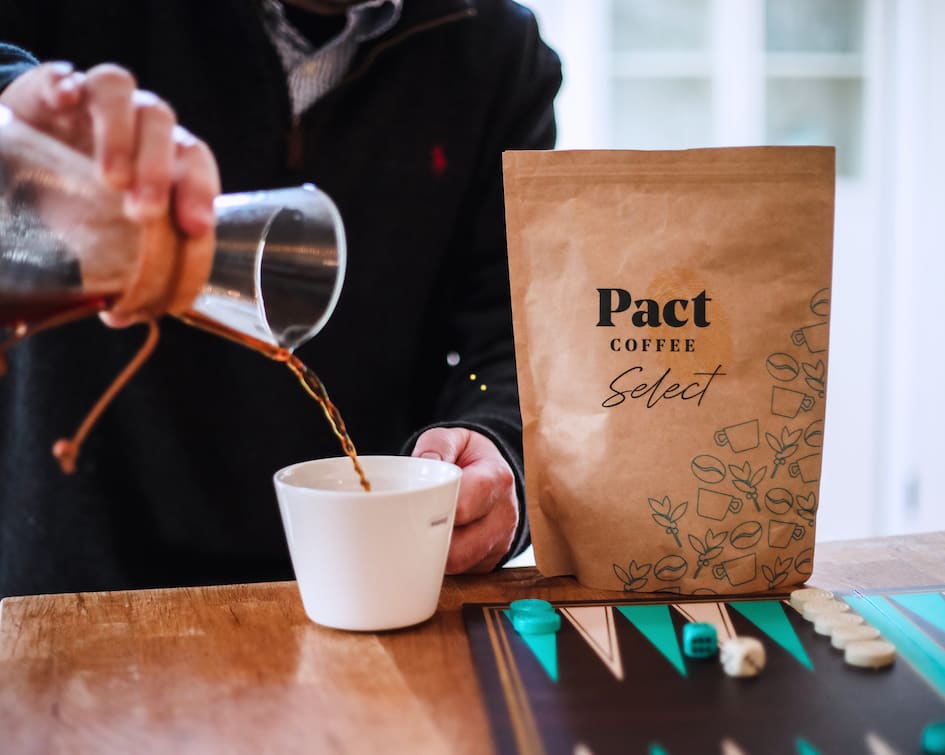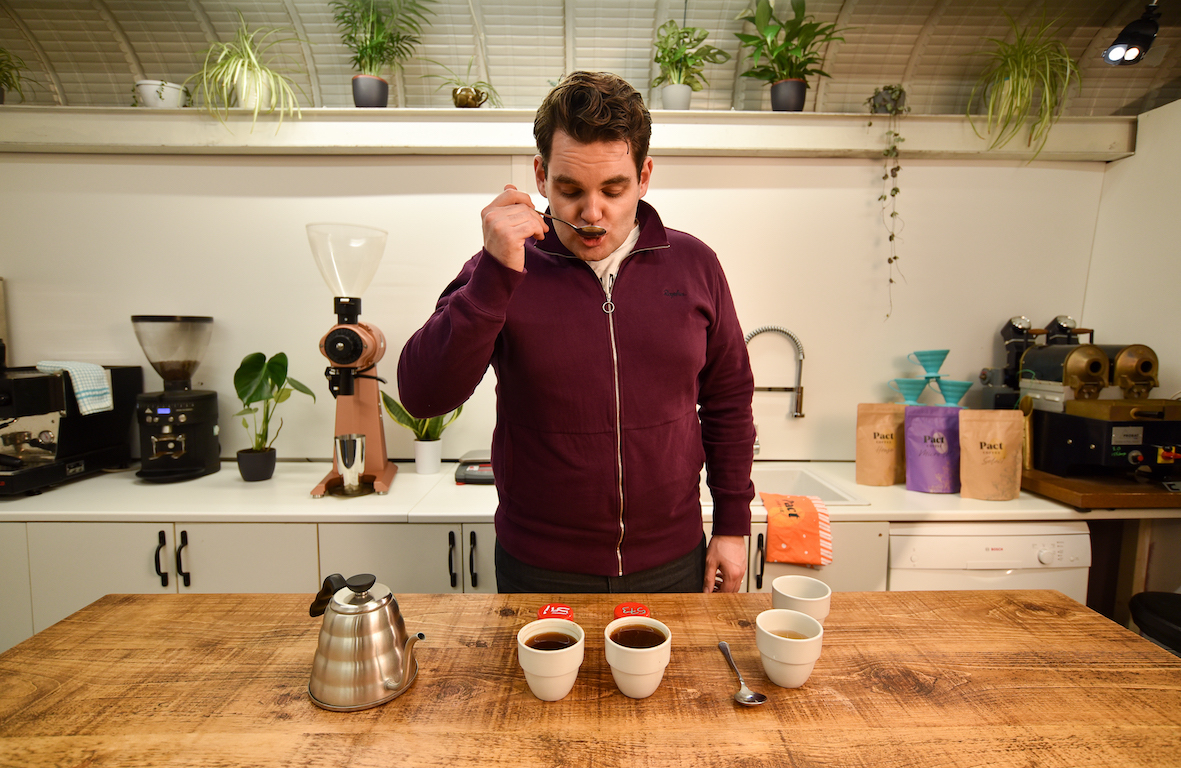We take great pride in every coffee we sell, and it’s really important to us that we recognise the incredible hard work of the farmers who produced each one. The cards you receive with your deliveries showcase each individual coffee, and provide detailed info and insights about the amazing brew you’re about to enjoy.
Our coffee cards have proved extremely popular with the Pact community - in fact, some people have been known to collect them or even use them as wall art!
The cards include lots of industry terms that are part and parcel of the coffee world, but not everyone has time to research what we’re on about! So if you’ve been wondering what we mean by “process” or “acidity”, you’ve come to the right place.
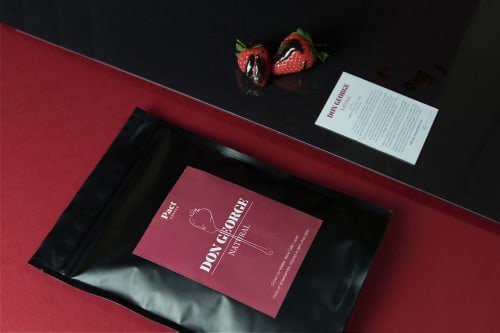
Micro-Lot Cards
Our Micro-Lot coffee is the most premium option. This is because the coffee is rare, scores exceptionally high and contains unique and unusual flavour notes., and the cards you receive will focus primarily on the tasting experience.
-
Coffee name
All of our coffees are named after the farms they come from. This gives you total transparency around the coffee’s origin and also recognises the incredible work of the farmer who produced it.
-
Hints of…
These are the main tasting notes that our experts have picked up on in the coffee. Try sipping the coffee before adding milk and sugar to see if you can taste them too, or maybe you’ll get something entirely different!
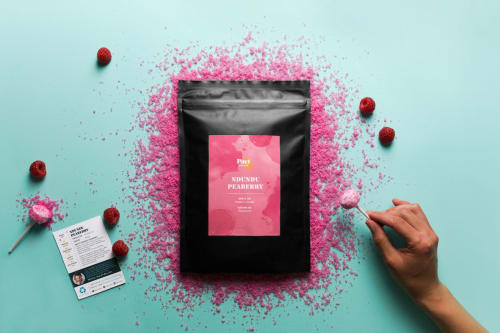
Select Cards
Our Select range of speciality coffee offers plenty of variety and choice. You’ll find the same information as on the Micro-Lot cards, but there’s a bit of extra coffee terminology on these ones too.
-
Roast level
You’ll see light, medium, medium-dark or dark roast on our coffee cards. This refers to how much the coffee has been roasted. There’s a common misconception that a dark roast means a stronger coffee, unfortunately most of the time this actually means the beans have been over-roasted and burnt. But at Pact every roast is expertly judged to bring out a coffee’s distinctive flavours and characteristics
-
Process
This relates to how the coffee cherries have been processed into the beans you use in your brews. The different processing method include washed, natural and honey. Each method has a different impact on the resulting flavour and taste of the coffee.
-
Flavour
Our coffees are just that, pure coffee. We never add flavour or chemicals. This section is about the flavours that have naturally resulted from the way the coffee has been produced and processed.
-
Sweetness
There’s no actual sugar in coffee. But the flavour, mouthfeel and acidity combine to create the illusion of sweetness. Here, we’re telling you what that sweetness is most like - be it baked fruit, syrup or fruity fructose.
-
Acidity
This refers to the sensation on your tongue when you sip the coffee. Coffee can have low or high acidity. The main terms used to describe acidity are malic (apple-like), citric (lemons and oranges) and tartaric (grape-like).
-
Mouthfeel
Also known as body, here you’ll see the words heavy, round, full, coating, silky, or even chewy! This is about how it feels in the taster’s mouth, the sensation of the coffee as you drink it.
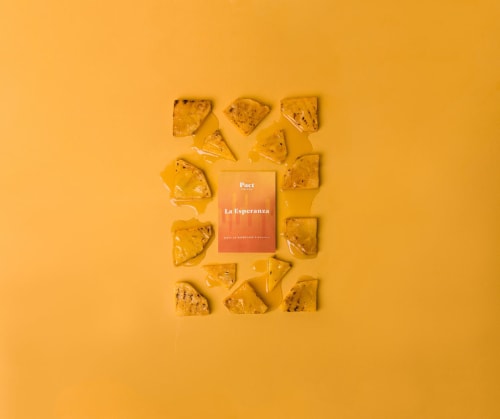
Want to taste coffee like a pro?
Take a look at our Best Coffee Tasting Guide for tips on cupping (tasting) coffee, you’ll be an expert in no time.
